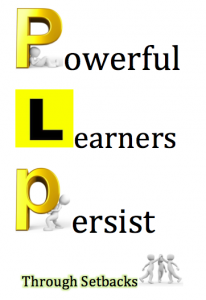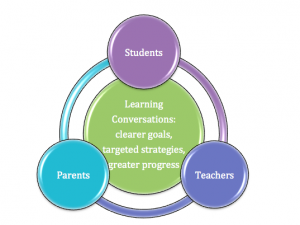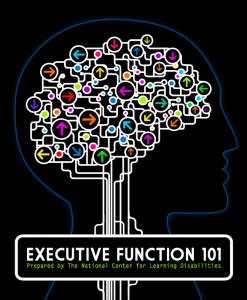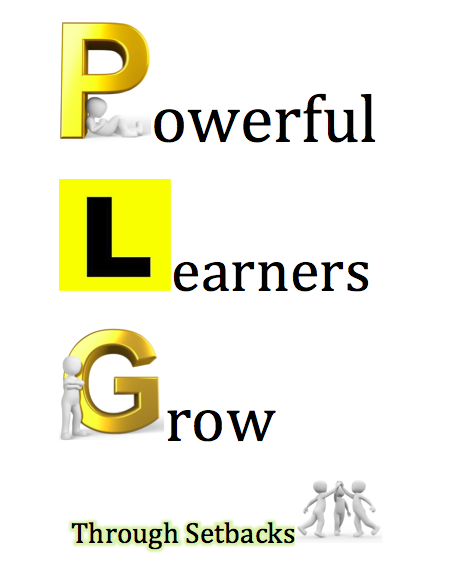Weekend coverage on the NAPLaN league tables that the media produces to “rank” schools are exactly why educators don’t like the hype around these tests. Everyone wants to make improvements to student learning and every school wants to improve their strategies to do that (see our Results + initiatives below). We don’t like those types of comparisons, as they make broad judgments based on narrow data not designed for that purpose.
It is ludicrous to think that somehow teachers must be better at schools that have high NAPLaN scores, just as it is equally narrow thinking to believe that schools with low scores must have poor teachers. We know there are inequities in our systems; one of them is the the level of funding per student that is associated with schools. One might contend that differences in funding of more than $10 000 per student per year, which is evident in school systems across Australia, should indeed have a huge difference on all sorts of learning outcomes. Imagine if Woodend had an extra $6 500 000 a year (650 students x $10 000) to spend on improving student learning outcomes…
Extra money in education is needed and wanted but it can’t, by itself, be the panacea for all problems. There are plenty of schools with huge funding that don’t have elite results. Unfortunately the hype around NAPLaN causes simplistic thinking about real issues of attaining great progress for all students and disguises a deeper problem: it takes significant new ways of thinking, in classrooms, in schools, in systems, and in families, to develop the critical and collaborative expert learners we need for now and the future. In South Australia, it is evident even from NAPLaN results, and even in so called high ranked schools, that students have great difficulty solving more than relatively straightforward problems.
We know results may be strongly linked to socio economic levels, however, we also know that students’ mindsets and personal and social capabilities make a big difference to how they see themselves as learners. We are trying, at Woodend, to make a shift in how we challenge students to remain in the struggle; to see learning as finding ways to persist, to understand.
 We have reported for a number of years on our “impatient learners”; students who see maths, for example, as the rush to get a quick answer. We are working with our teachers to try to improve the types of tasks set for students and the way we slow down students’ thinking so that the focus is on strategies; metacognitive thinking. We want students to do more of the thinking and that means adults being more strategic about allowing students to learn to struggle, and see this as a good part of learning. This is about improving how we understand learners and learning; understanding how and when to intervene; understanding and developing the big transferable ideas in the curriculum, across all classes.
We have reported for a number of years on our “impatient learners”; students who see maths, for example, as the rush to get a quick answer. We are working with our teachers to try to improve the types of tasks set for students and the way we slow down students’ thinking so that the focus is on strategies; metacognitive thinking. We want students to do more of the thinking and that means adults being more strategic about allowing students to learn to struggle, and see this as a good part of learning. This is about improving how we understand learners and learning; understanding how and when to intervene; understanding and developing the big transferable ideas in the curriculum, across all classes.
We believe that we can get better at supporting students to learn how to persist; not in a mind numbing way, but by using smart strategies that help them deal resiliently with difficulties and challenges. This is why we have strongly set our sights on skilling teachers, parents (though our Parent Engagement strategies) and students to better understand the personal development improvements (executive function and growth mindsets) that will bring about powerful learners. That is why we are working with our teachers on learning how to transform tasks into more challenging and relevant learning experience for students.
 We hope that through improvements in our school community’s collective capacity, our students will be able to make great progress in their learning, no matter what the starting point.
We hope that through improvements in our school community’s collective capacity, our students will be able to make great progress in their learning, no matter what the starting point.
Our recent learning conversations should have supported this approach by making clear to all, what specific goals we need to be working on to make better progress.
Moving into a space where great progress may be made , is about growth over time. We hope in our school community that we are all working with the headset that we are on the right track and that we are all learners in this process.
RESULTS +
 If every school were given lots of extra money to bring about literacy and numeracy improvements, what would they do?
If every school were given lots of extra money to bring about literacy and numeracy improvements, what would they do?
The state government has provided some welcome funds to help Partnerships of DECD schools and preschools leaders support improvement strategies.
The Marion Coast Partnership is our partnership of 15 DECD preschools and schools, that are working together for leaders and teachers to share and develop good practice and focus on Literacy and Numeracy improvements. All DECD Partnerships across the state have received this funding.
The Results + (Plus) strategy is about making improvements in literacy and numeracy but in powerful ways that build students’ abilities to think and reason; to work collaboratively; to learn how to learn. Results + is about leaders and leadership teams looking for evidence of learning (not just from NAPLaN) and responding effectively with teachers (and parents) and students to keep students progressing at higher rates of improvement.
In the Marion Coast partnership we have been quite innovative in our use of these funds. For this year we have three projects involving leaders, teachers and students:
- Early Years Numeracy Project
- R-9 Numeracy Project
- K-12 Student Learning Rounds
These projects have started this term and will be reported on in this blog, next term. The Numeracy Projects involve us working with Deb Lasscock and Prof Martin Westwell ( from Flinders University) to develop teams of teachers and leaders, that have deeper understandings of intellectual stretch and about how to develop children and students’ abilities to solve challenging problems more effectively. Designing learning around Executive Function and Growth Mindsets are important elements of these projects.
The Student Learning Rounds is also about intellectual stretch and involves teachers and leaders training teams of children and students to be able to understand what it looks like when learners are really challenged. Our student team in this project will know what to look for in their own learning and in the learning of others. They will conduct observations in some classrooms and provide valuable feedback to teachers about what stretch thinking they observe in students. These Students Learning Rounds are an innovative element in our quest to develop greater ownership of learning processes by students, coupled with teachers using student feedback more powerfully to respond to learner needs.


Leave a Reply